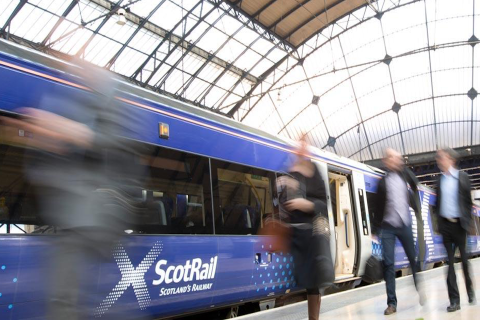What has changed in European rail: the highlights of the latest EU report

What is the state of rail in the EU, and what has changed in the past years? To this end, the European Commission publishes a yearly Rail Market Monitoring Report (RMMS), the 8th version of which came out recently. The length of the active railway network, spending on railway, competition and more: here’s what stands out in the numbers.
Want to read more?
You have read all of your free premium articles for this month. Please become a subscriber to keep reading.
Subscribe now!
Take advantage of our exclusive offer to get full access to all premium content.




